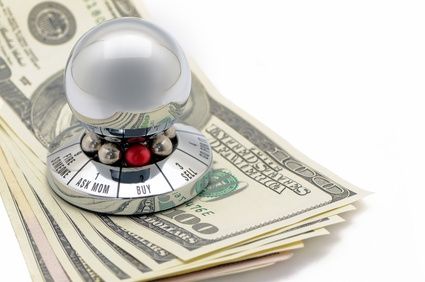Treasury 10-year yields are continuing to climb, spurred by a few tangibles, namely the safeness of government debt. As banks renew efforts to help further incubate economic growth, in fervent attempts to awaken it from the recession hibernation it’s been wallowing in, such relative treasure yields have posted a seventh week of consecutive gains. But it’s not without its drawbacks, either.
Benchmark 10-year securities are still declining, a fire that was partially fanned by the policy makers over in Europe, who are mulling ideas over plans to instigate economic growth; the primary topic of conversation at the Group of Seven meeting.
Federal Reserve Bank of Kansas City President Esther George stated that the U.S. economy was on course to gain 2 percent this year, aided by the ongoing which is tantamount to the prospect of an increased rate of inflation.
“We saw a sharp selloff in Treasuries last week and we are waiting to see if that can continue,” said Piet Lammens, head of research at KBC Bank NV in Brussels. “The market will turn more neutral on Treasuries. We have a lot of Fed speakers this week and so attention may turn again to the eventual tapering of Fed stimulus.”
Bonds dipped as Treasuries dished out an unwelcomed .09 percent in losses this month to weary investors (that’s through the 10th of May, according to analytics that were provided by Bank of America Merrill Lynch indexes). Similarly, German bonds also were in the drop, falling by 1 percent respectively for the same time period, according to the indexes.
Government debt finally becoming more “appealing to investors”
CBO forecasted that the federal deficit would tumble by $616 billion, about 3.7 percent of the U.S. gross domestic product by next year. For 2015, they’ve predicted another $430 billion. During the height of the recession, the debt ceiling against GDP was a staggering $1.42 trillion (2009) at its peak; or about 10 percent of GDP. By comparison, things are looking healthier as the economy continues on the snail pace to recovery. However, when interest rates go up, bond yields often follow suit in the opposite direction by going down.
“Depending on how the fiscal situation develops, Treasury may decide to gradually decrease coupon auction sizes,” the department said in an early May statement.
“The floaters will ultimately take away from some Treasury bill supply,” said Jerome Schneider, a short-term strategies at Newport Beach, California-based Pacific Investment Management Co. “Overall, if the Treasury doesn’t need to borrow as much money, and we know that 2014 has a better fiscal picture than 2013, we should expect supply in general to go down.”
 Invest Smart Asset Protection and Investment News
Invest Smart Asset Protection and Investment News




